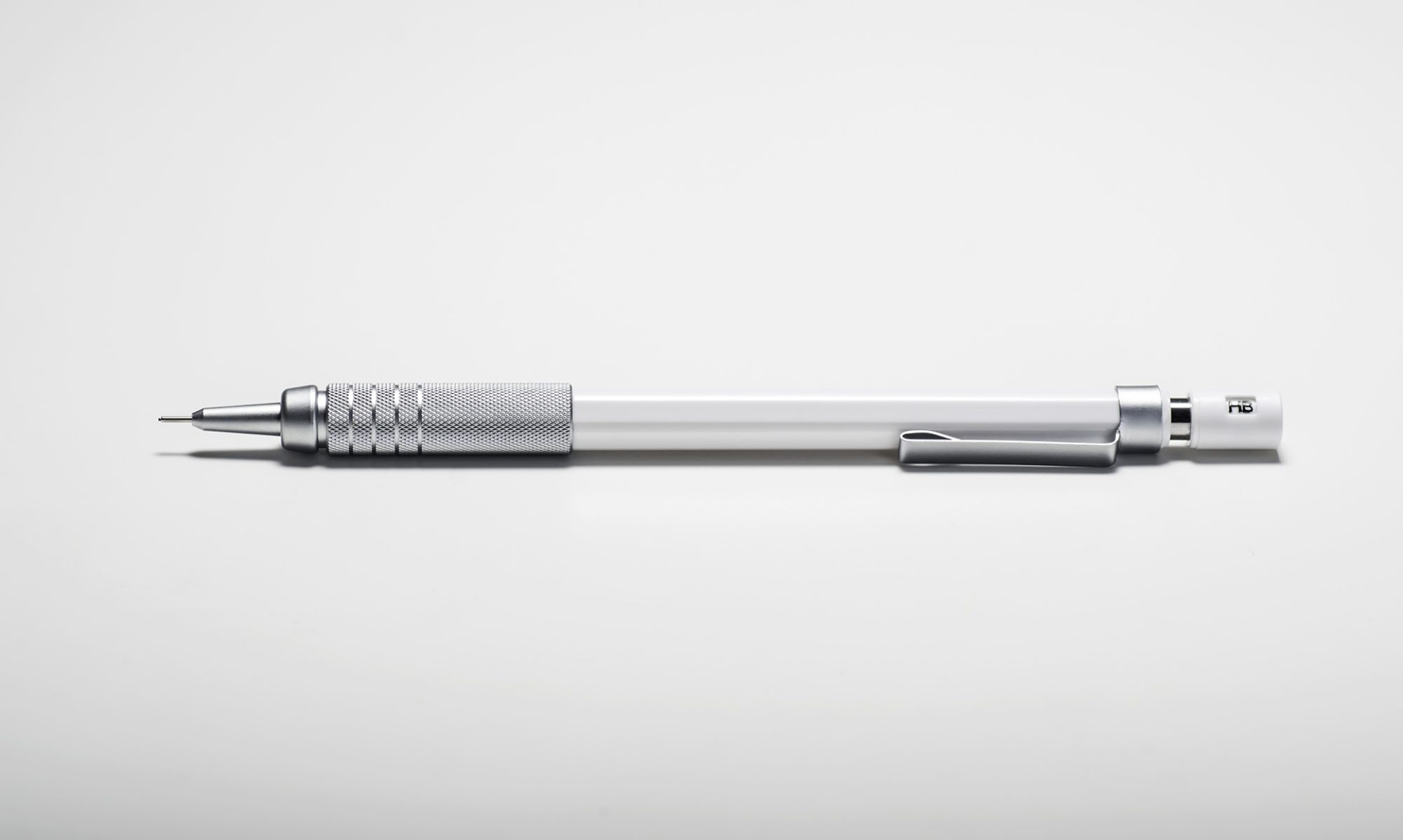If you don’t understand it already, start by reading standard AS568 O-Ring Sizing. Once you understand o-ring sizes, let’s discuss how to use o-rings for low-pressure (0-200 psig) static sealing applications. These guidelines will work for higher pressure applications but you’ll have to do some additional homework when you get into thousands of psi.
There are two design scenarios: face sealing (o-ring is sandwiched between two plates) and radial sealing (o-ring is sandwiched between two cylinders).
There three groove design factors:
O-Ring stretch (only applicable to radial sealing applications)
This says that the o-ring should be stretched between 2% and 5% when it is installed on the cylinder against its inner diameter. An o-ring groove with a 10.0″ OD should be mated to an o-ring between 9.524″ (10″/1.05 => 5% stretch) and 9.756″ (10″/1.025 => 2% stretch). O-ring stretch does not apply to face seal applications. With a face seal, simply match the ID of the o-ring to the OD of the o-ring groove.
O-Ring Compression
This says how much interference this is before compressing the o-ring. For static application, I recommend 30-40% compression, so let’s say 35%. Since o-ring CS diameters are denoted by the first digit of their dash number, this is easy:
-0XX groove depth = 0.070 – 0.070 * 35% = 0.0455″ groove depth
-1XX groove depth = 0.103 – 0.103 * 35% = 0.0670″ groove depth
-2XX groove depth = 0.139 – 0.139 * 35% = 0.0904″ groove depth
-3XX groove depth = 0.210 – 0.210 * 35% = 0.1365″ groove depth
-4XX groove depth = 0.275 – 0.275 * 35% = 0.1788″ groove depth
Percent Fill
Since an o-ring is being compressed, it needs a volume to “squish” into. This means the volume of the o-ring groove needs to be greater than the volume of the o-ring. This should be obvious, but it tends to evade the logic of many engineers. The volume of the o-ring itself should only occupy 65-95% of the volume of the o-ring gland. This is an area of debate, but guess what we are going to do? Yes, the middle, because it is easier. Let’s go with 80% fill and call it a day.
O-Ring Groove Width
Since we already derived the groove depth from the o-ring compression, and we already said that we are going to target an 80 percent fill, all we have to do is simple match to derive the o-ring groove width. (By the way, if you are a nerdy engineer, yes, I understand that the math we are using is not mathematically perfect based on the volume of a torus, but it is way more than close enough.)
Groove width * Groove Depth * 80% = PI * CS^2 / 4, so,
Groove Width = (PI * CS^2 / 4) / (Groove Depth * 0.8)
-0XX groove = (PI* 0.070^2/4) / (0.0455″ * 0.8) = 0.106″ groove width
-1XX groove = (PI* 0.103^2/4) / (0.0670″ * 0.8) = 0.156″ groove width
-2XX groove = (PI* 0.139^2/4) / (0.0904″ * 0.8) = 0.210″ groove width
-3XX groove = (PI* 0.210^2/4) / ( 0.1365″ * 0.8) = 0.317″ groove width
-4XX groove = (PI* 0.275^2/4) / ( 0.1788″ * 0.8) = 0.415″ groove width
That’s as simple as I can make it. If you are still confused, please reach out.

